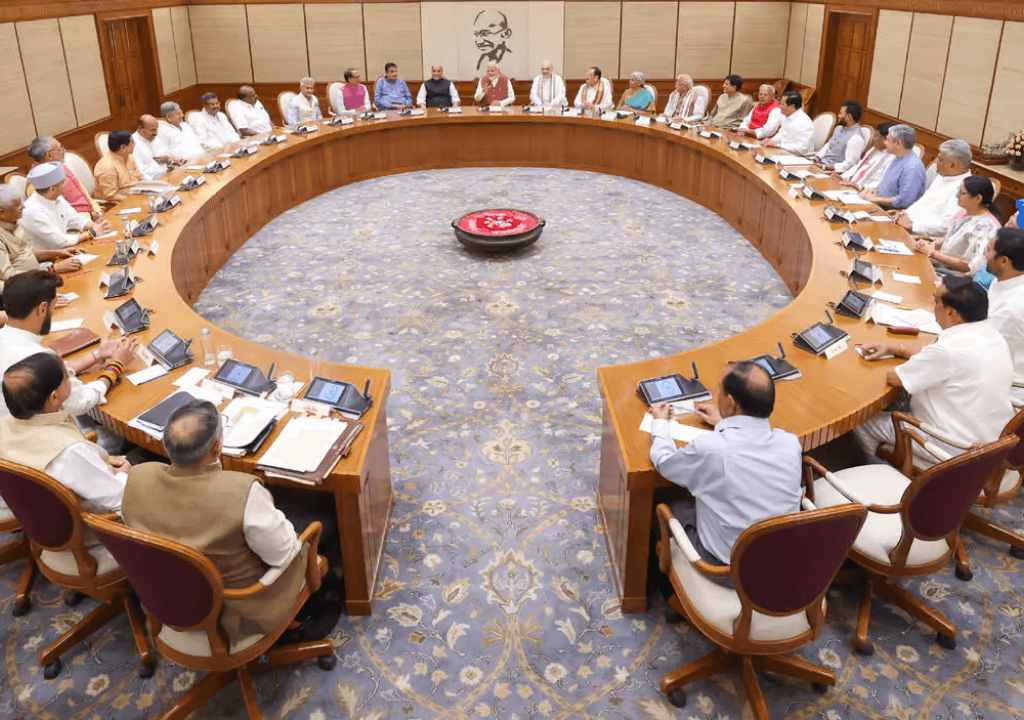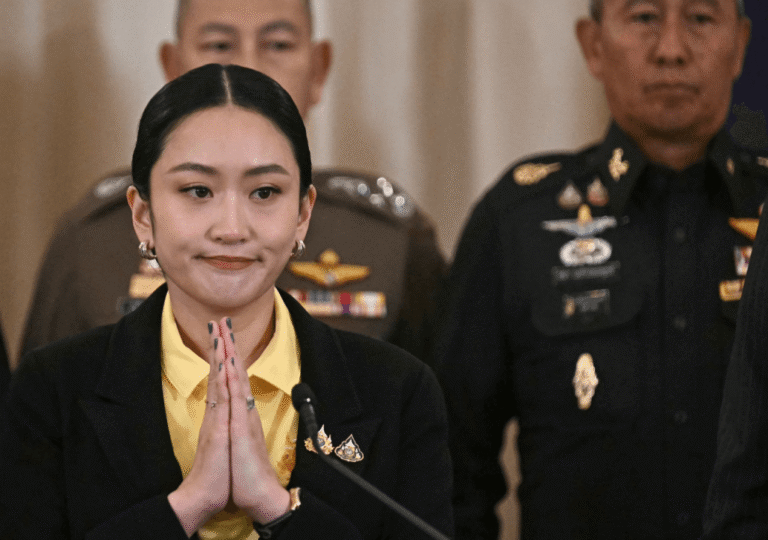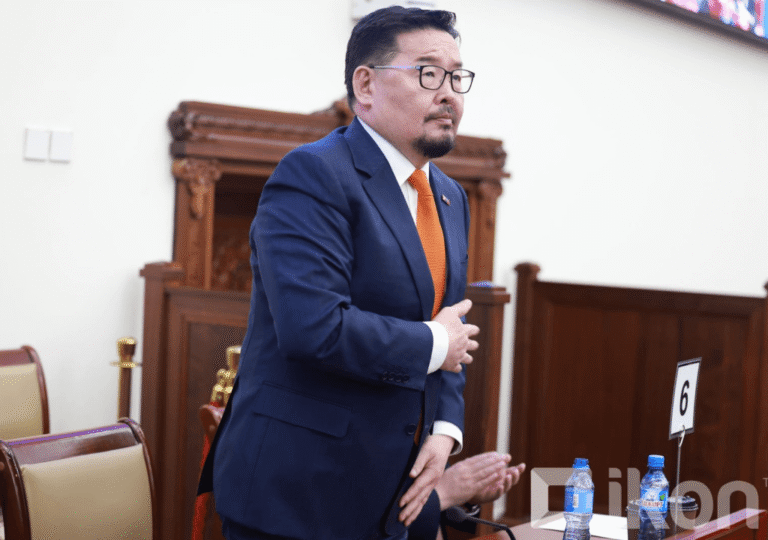Narendra Modi commenced his third term in the Prime Minister’s office after completing two full terms, marking him as the first prime minister to achieve this since Jawaharlal Nehru, the founding Prime Minister of the Republic. The oath ceremony took place at the Rashtrapati Bhavan, the President’s Palace, on the evening of June 9th. The Prime Ministers and Presidents of neighboring countries, including the Maldives President who has taken an anti-India stance, attended the ceremony. A large crowd, including politicians from different parties, movie stars, and businesspeople, witnessed the oath ceremony. An interesting fact is the inclusion of a mammoth 71 ministers in the third Modi government, which has many members from parties allied with the Bharatiya Janata Party. It’s clear that the third term will be more of an NDA (National Democratic Alliance) government, unlike the previous BJP-dominated NDA governments, where the BJP single-handedly had the majority.
Modi’s new government retained key figures from the last government. Members from almost every alliance party, as well as BJP leaders from states where elections are scheduled in the upcoming months, were included. The ministries for senior ministers haven’t changed. Rajnath Singh, senior and former Home Minister, took the oath after Modi and is expected to be the second person in Modi’s ministry, continuing in the Defense Ministry.
Modi’s right-hand man Amit Shah, the RSS (the BJP’s parental organization) nominee Nitin Gadkari, the female face of Modi’s government Nirmala Sitharaman, and bureaucrat-turned-politician Subramanian Jaishankar are all included in the new ministry with the same roles they held in the last Modi government. Other important inclusions are Shivraj Singh Chauhan, who ruled the state of Madhya Pradesh for 15 years and achieved repeated victories but was forced out from the role of Chief Minister; he is now included in Modi’s ministry. The leader, who was once expected to become Prime Minister, was awarded the important Agriculture Ministry. Other former Chief Ministers who were removed from power by the BJP Central body, like Manohar Lal Khattar from Haryana and Sarbananda Sonowal from Assam, are also included in the Cabinet. Former Chief Ministers from alliance parties, such as HD Kumaraswamy from Karnataka and Jitan Ram Manjhi from Bihar, have been awarded cabinet ranks. Another important inclusion is the current BJP President JP Nadda, who is expected to step down from his post and has been given the Health Ministry.
Modi’s third government ensures participation from almost all states. Out of the 71 total ministers, 30 will be in cabinet rank and 41 will be Ministers of State (MoS), with 5 of those having independent charges. Among the 72 ministers, 7 will be women. As in previous terms, women are underrepresented. Modi has ensured representation of almost all major communities, including Dalits, Brahmins, Christians, Sikhs, etc., but there are no Muslims.
Despite significant pressure from major alliance parties, the BJP has retained all important ministries. However, they were forced to scrap the decision to reduce the number of ministries and cut costs. It is expected that, as in the previous Modi government, there will be a reshuffle before state assembly elections, including ministers from the states approaching elections. So far, apart from the NCP, which was not given cabinet rank ministers, there have been no significant objections, suggesting that Modi and his team have successfully managed the demands of their alliance partners.
Modi’s third term will be interesting as they cannot push the Hindu nationalist agendas as aggressively as in the previous term, but it’s hard to imagine a Modi rule without promoting Hindu agendas. For the most part, India’s next five years will be governed under a common minimum program, with consultation from all parties in the NDA. Political observers are predicting more horse-trading of MPs to increase the number of BJP MPs. Some believe that if Modi can’t rule independently, he might resign, and there could be another prime minister within these five years. However, it is certain that Modi will not be awarded another term because he will exceed the age limit set by the BJP. As all the potential successors, except Yogi Adityanath, are in the cabinet, the performance of these ministers will be closely monitored. In short, an important five years is impending for Indian politics.








